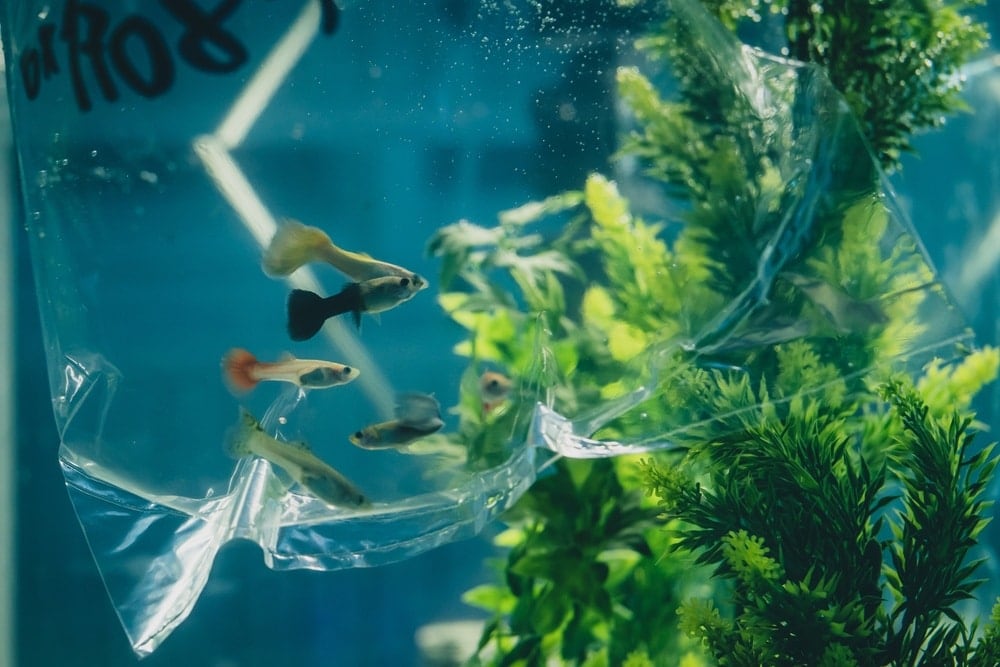Title: The Art of Acclimation: Ensuring a Smooth Transition for Sensitive Fish
Introduction:
Bringing new fish into your aquarium is an exciting moment, but it's essential to provide them with a smooth transition to ensure their health and well-being. Acclimation is a critical process that helps sensitive fish adjust to their new environment, minimising stress and increasing their chances of thriving in your tank. In this blog post, we will explore the art of acclimation, including the steps involved and why it is so important for the overall success of your aquatic inhabitants.
1. Understanding the Need for Acclimation:
Sensitive fish species, particularly those that require specific water parameters or have delicate physiology, can experience stress when abruptly introduced to a new environment. Rapid changes in temperature, pH, and other water parameters can be detrimental and potentially fatal. Acclimation allows for a gradual adjustment, helping fish adapt to their new surroundings and minimising the risk of shock.
2. Gathering the Acclimation Supplies:
Before starting the acclimation process, gather the necessary supplies. You will need a clean bucket or container, a drip line or airline tubing, a valve or knot to control the flow rate, a net, and a thermometer to monitor the temperature.
3. Floating Method:
The floating method is a commonly used acclimation technique. Start by floating the closed fish bag in the aquarium for about 15-20 minutes. This allows the temperature inside the bag to equalise with the aquarium water, minimising temperature shock.
4. Gradual Water Mixing:
After the floating period, open the bag and gently roll down the edges to create a "collar" to prevent water from spilling out. Secure the bag to the top of the bucket or container. Gradually add small amounts of aquarium water into the bag at regular intervals, allowing the fish to acclimate to the new water conditions.
5. Drip Acclimation:
An alternative to the gradual water mixing method is drip acclimation. Attach one end of the airline tubing to a valve or knot and the other end to a water source that allows a slow drip into the container. Adjust the flow rate to approximately 2-4 drops per second. This method helps in slowly equalising water parameters over a longer period, giving fish more time to adjust.
6. Monitoring and Patience:
During the acclimation process, monitor the water temperature and ensure it remains consistent with the aquarium temperature. Keep an eye on the fish for signs of stress or distress, such as rapid breathing or erratic behavior. If needed, gently use a net to transfer the fish from the acclimation container to the aquarium.
7. Quarantine Considerations:
For particularly sensitive fish species, it is advisable to have a quarantine tank. Acclimating new fish to a quarantine tank first allows for close observation and the opportunity to treat any potential health issues before introducing them to the main aquarium.
Conclusion:
The art of acclimation is a crucial step in ensuring the well-being of sensitive fish species. By taking the time to gradually adjust water parameters and minimise stress, you provide the best possible environment for your new aquatic inhabitants to thrive. Remember, each fish species may have specific acclimation requirements, so it's essential to research and understand their individual needs. By mastering the acclimation process, you set the stage for a successful and harmonious aquarium, where your fish can flourish and bring joy to your aquatic world.


